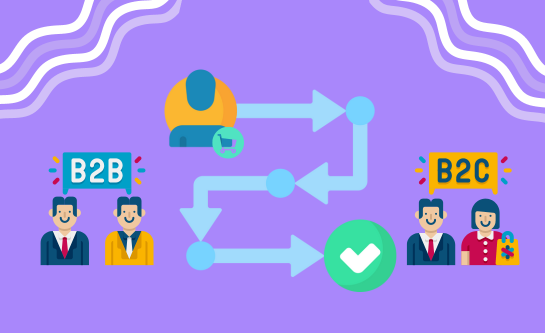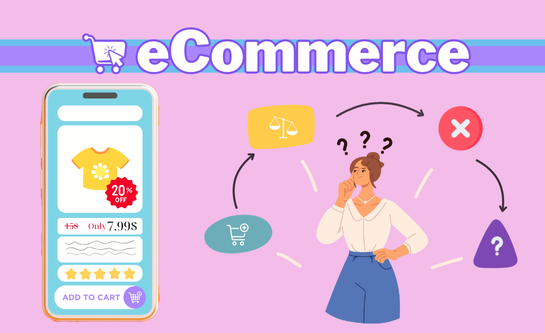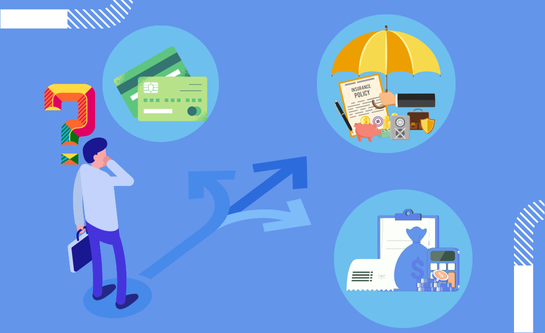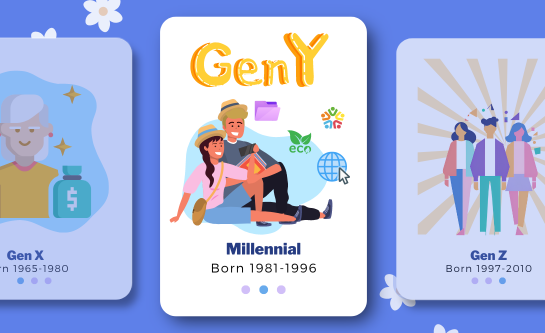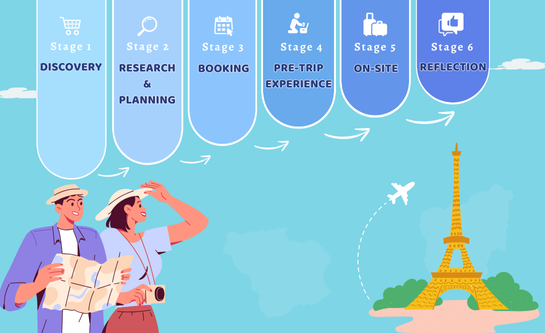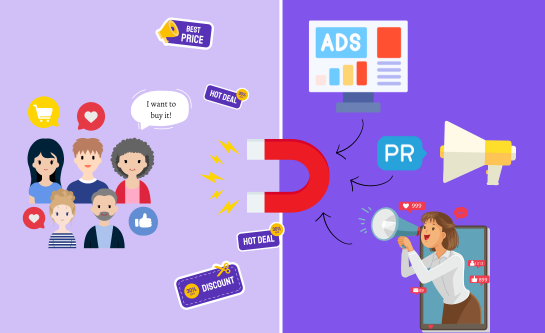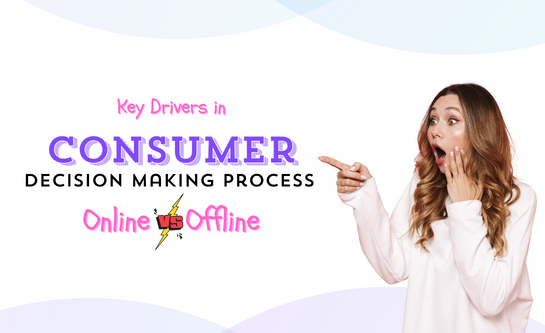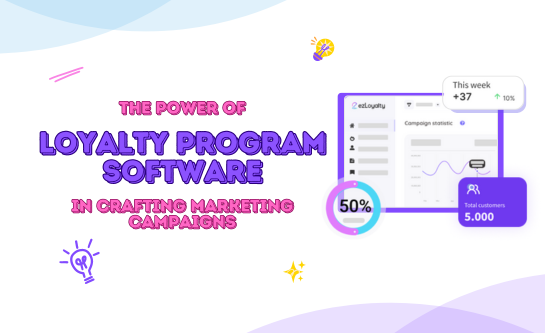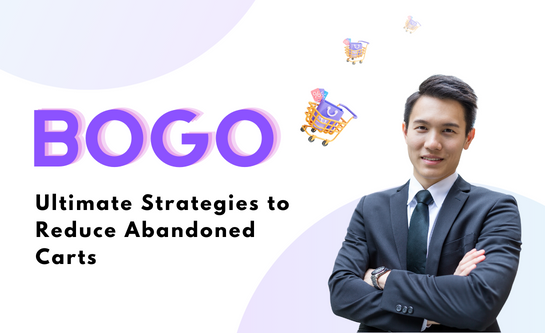Consumer Decision Making Process: The Key to Win Customer Mind
 May 07th, 2024
May 07th, 2024
 656 views
6 MINS READ
656 views
6 MINS READ
In the vast area of marketing, understanding the complexities of consumer behavior is the same as cracking the code to business success. At the heart of this understanding lies the consumer decision-making process, a multifaceted journey that consumers embark upon when making purchasing choices. From the initial recognition of a need to the final purchase, this process is a complex interplay of psychological, social, and situational factors that shape consumer behavior. Let’s dive into the significance of the consumer decision-making process, explore various models, and explain their applications in marketing and sales aspects.
I. Understanding the Significance

The consumer decision-making process performs as the cornerstone of marketing strategy, as it provides invaluable insights into how and why consumers make choices. By comprehending this process, marketers can tailor their strategies to align with consumer behavior, thereby enhancing the effectiveness of their marketing efforts. Moreover, understanding the decision-making journey empowers businesses to anticipate customer needs, identify pain points, and differentiate themselves in a competitive marketplace.
II. What is the consumer decision-making process?
Consumer decision-making process or consumer buying process is a series of consumers’ psychologies and behaviors in making decisions to buy a product. There are 3 types of decision making namely habitual, limited, and extended decision-making, which are defined based on the level of purchase involvement. Additionally, the problem types are one of the factors that affect the consumer decision-making process.
III. Models of Consumer Decision-making Process
Two typical models of consumer decision-making process are commonly employed by brands and marketers. Here are them:
The 5-Stage Model
One of the most widely recognized models of the consumer decision-making process is the 5-stage model, which comprises the following stages:
Stage 1: Problem Recognition
A consumer buying process only happens when consumers recognize a need or a problem that needs to be solved. However, consumers are not always aware of their problems, sometimes businesses need to raise the problem to help consumers acknowledge their needs.
Problem recognition occurs when consumers perceive a gap between their actual and desired ideal states, prompting them to recognize a need or problem. Needs can be triggered by internal stimuli (such as hunger or thirst) or external stimuli (such as advertising or peer influence). It is essential to note that even if customers recognize the problem, the identified gap needs to be great enough to stimulate them to move to the next stage – information search.
Stage 2: Information Search
Once a need is recognized, consumers embark on an information search to gather relevant data about available options to fulfill their needs. This search can involve both internal sources (memory, past experiences) and external sources (internet research, word-of-mouth recommendations, product reviews). The extent and intensity of information search vary depending on factors such as the perceived importance of the purchase, product complexity, and the consumer’s level of involvement.
Stage 3: Evaluation of Alternatives
After gathering information, consumers engage in the evaluation of alternatives, weighing the attributes and benefits of various options against each other. Factors influencing this evaluation include price, quality, brand reputation, product features, and personal preferences. Consumers may employ decision-making heuristics (mental shortcuts) or engage in more deliberative, systematic decision-making processes depending on the complexity of the decision and time constraints.
Stage 4: Purchase Decision
The purchase decision stage involves the selection of a specific product or service from the available alternatives. At this point, consumers weigh the information gathered and their evaluation of alternatives to make a final decision. Factors such as price, promotions, availability, and convenience play significant roles in shaping the purchase decision. Marketers can influence this stage through persuasive messaging, promotions, and sales tactics.
Stage 5: Post-Purchase Evaluation
Following the purchase, consumers evaluate their satisfaction with the chosen product or service. This evaluation is influenced by factors such as performance, quality, value for money, and alignment with expectations. Positive post-purchase experiences can lead to customer satisfaction, repeat purchases, and brand loyalty, while negative experiences can result in dissatisfaction, product returns, or negative word-of-mouth.
Engel-Blackwell-Miniard Model
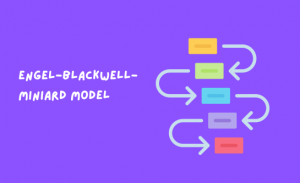
Another prominent model, the Engel-Blackwell-Miniard model, expands upon the cognitive and affective processes underlying consumer decision-making. It delineates three key stages:
Stage 1: Information Processing
The Engel-Blackwell-Miniard Model emphasizes the cognitive processes involved in consumer decision-making. This stage involves the sequential processing of information, beginning with problem recognition, followed by information search, and culminating in alternative evaluation. Consumers actively seek out and evaluate information to make informed decisions.
Stage 2: Integration Processes
In this stage, consumers integrate the information gathered and evaluate alternatives through both cognitive (rational) and affective (emotional) processes. Cognitive processes involve systematic evaluation based on objective criteria, while affective processes involve emotional responses and subjective judgments. Integration of cognitive and affective factors ultimately shapes consumers’ attitudes and preferences towards specific alternatives.
Stage 3: Output Processes
The final stage of the model involves output processes, where consumers make purchase decisions based on the outcomes of the preceding cognitive and affective processes. This stage encompasses the decision to purchase, as well as post-purchase evaluation and satisfaction. Output processes reflect the culmination of consumers’ cognitive and affective efforts and influence subsequent behavior and decision-making.
IV. Applications in Marketing and Sales
Understanding the consumer decision-making process is invaluable for marketers and sales professionals alike, as it enables them to tailor their strategies to effectively engage and influence consumers. Some key applications include:
1. Market Segmentation
By segmenting consumers based on their stage in the decision-making process, marketers can target their efforts more precisely. For instance, individuals in the information search stage may respond well to informative content, while comparative analyses or testimonials may be compelling to those in the evaluation stage.
2. Product Development
Insights gleaned from the decision-making process can inform product development initiatives, guiding the creation of offerings that resonate with consumers’ needs, preferences, and decision criteria. For example, understanding the criteria consumers use to evaluate alternatives can aid in product feature prioritization.
3. Communication Strategies
Effective communication is pivotal in guiding consumers through the decision-making process. Therefore, to nurture relationships, build trust, and alleviate doubts or objections, marketers should craft messages that address consumers’ concerns at each stage.
4. Customer Experience Enhancement
The post-purchase stage presents opportunities for businesses to enhance customer satisfaction and loyalty. By soliciting feedback, addressing issues promptly, and providing post-purchase support, companies can foster positive experiences that encourage repeat purchases and word-of-mouth referrals.
V. Conclusion
In conclusion, the consumer decision-making process acts as a roadmap for businesses seeking to understand and influence consumer behavior. By understanding its stages, exploring various models, and leveraging insights in marketing and sales initiatives, businesses can navigate the path to purchase with precision and purpose, forging meaningful connections with consumers along the way.
 Back to blog page
Back to blog page


























